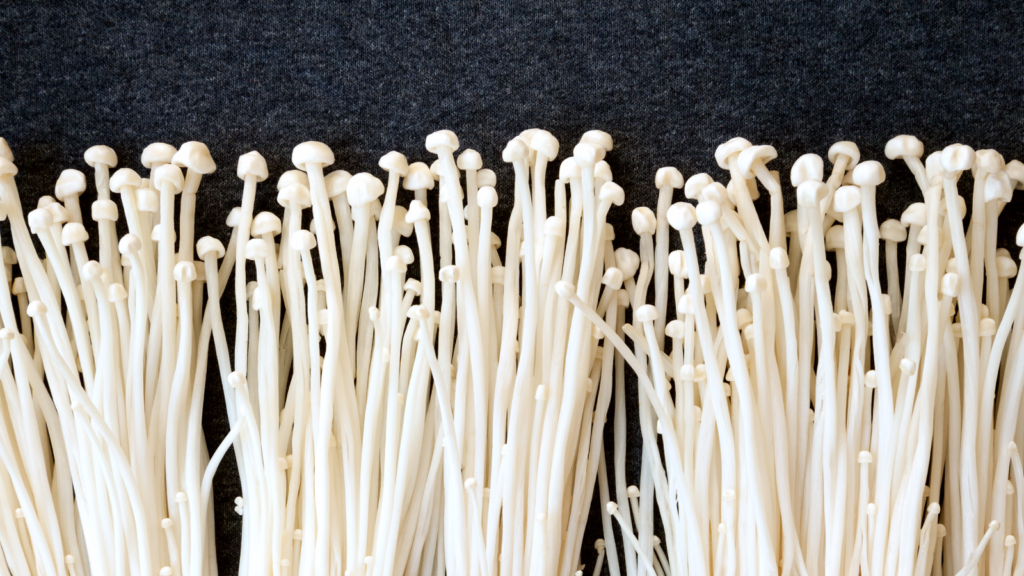The Fascinating World of Albino Mushrooms

Mushrooms are fascinating organisms that come in a variety of shapes, sizes, and colors. One of the most intriguing types of mushrooms is the albino mushroom. These mushrooms are unique because they lack the pigments that give other mushrooms their characteristic colors. In this article, we will explore the world of albino mushrooms and learn more about what makes them so special.
What are Albino Mushrooms?
Albino mushrooms are a type of mushroom that lack the pigments that give other mushrooms their characteristic colors. This means that they are typically white or cream-colored, although some may have a slightly yellowish or pinkish tint. Albino mushrooms can belong to any species of mushroom, but they are most commonly found in the Agaricus family.
How are Albino Mushrooms Different from Other Mushrooms?
Albino mushrooms are different from other mushrooms because they lack the pigments that give other mushrooms their characteristic colors. This means that they do not produce melanin, the pigment that gives skin, hair, and eyes their color. Albino mushrooms also have a different texture than other mushrooms, as they do not contain as much chitin, the substance that gives mushrooms their firmness.
Where are Albino Mushrooms Found?
Albino mushrooms can be found in a variety of habitats, including forests, fields, and gardens. They are most commonly found in areas with high humidity and moderate temperatures. Albino mushrooms can also be grown indoors using a mushroom growing kit.
Are Albino Mushrooms Safe to Eat?
Albino mushrooms are safe to eat, as long as they are properly identified and cooked thoroughly. However, it is important to note that some poisonous mushrooms can also be white or cream-colored, so it is important to be cautious when foraging for mushrooms. If you are unsure about the identity of a mushroom, it is best to err on the side of caution and not consume it.
What are the Health Benefits of Albino Mushrooms?
Albino mushrooms are a good source of protein, fiber, and vitamins. They are also low in calories and fat, making them a healthy addition to any diet. Some studies have also suggested that mushrooms may have anti-inflammatory and immune-boosting properties, although more research is needed to confirm these benefits.
How are Albino Mushrooms Used in Cooking?
Albino mushrooms can be used in a variety of dishes, including soups, stews, stir-fries, and salads. They have a mild, slightly sweet flavor that pairs well with a variety of other ingredients. Albino mushrooms can also be sautéed or roasted and served as a side dish.
What is the Best Way to Store Albino Mushrooms?
Albino mushrooms should be stored in a cool, dry place, such as the refrigerator. They should be kept in a paper bag or wrapped in paper towels to prevent moisture from building up and causing them to spoil. Albino mushrooms can also be dried or frozen for later use.
What are Some Common Varieties of Albino Mushrooms?
There are several varieties of albino mushrooms, including the white button mushroom, the oyster mushroom, and the shiitake mushroom. Each of these varieties has its own unique flavor and texture, making them suitable for different types of dishes.
What is the History of Albino Mushrooms?
The history of albino mushrooms is not well-documented, but they have likely been around for as long as other types of mushrooms. Mushrooms have been used for food and medicine for thousands of years, and albino mushrooms would have been a natural variation that was occasionally observed.
Conclusion
Albino mushrooms are a fascinating type of mushroom that lack the pigments that give other mushrooms their characteristic colors. They are safe to eat and can be used in a variety of dishes, making them a versatile ingredient in the kitchen. Whether you are a mushroom enthusiast or simply curious about the natural world, albino mushrooms are definitely worth learning more about.






